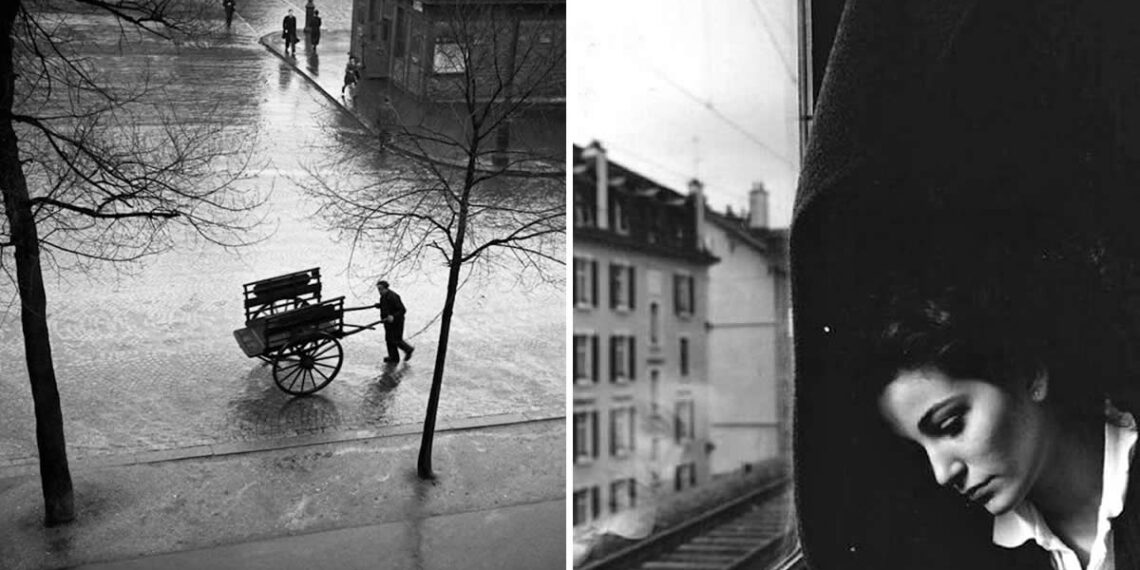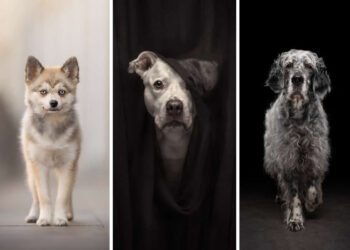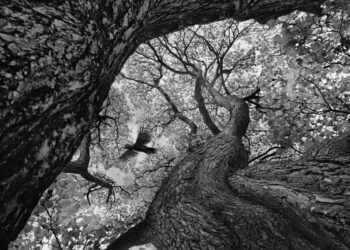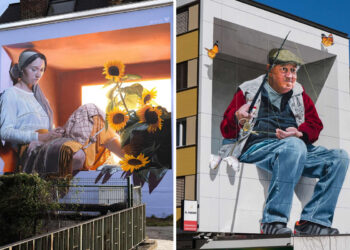If you’re into photography that feels like jazz—smooth, soulful, and straight from the gut—then Emile Savitry (1903–1967) is your guy. This French master may not always be the first name people shout out in photography conversations today, but back in the mid-20th century, he was one of those rare creatives who seemed to float effortlessly between art forms. Painter, photographer, traveler, storyteller—Savitry was the kind of artist who didn’t just capture life; he vibed with it. His photos weren’t stiff studio portraits or overly staged compositions. Nah, Savitry chased real life—street grit, smoky jazz clubs, performers, wanderers, lovers, weirdos, the whole messy magic of humanity.
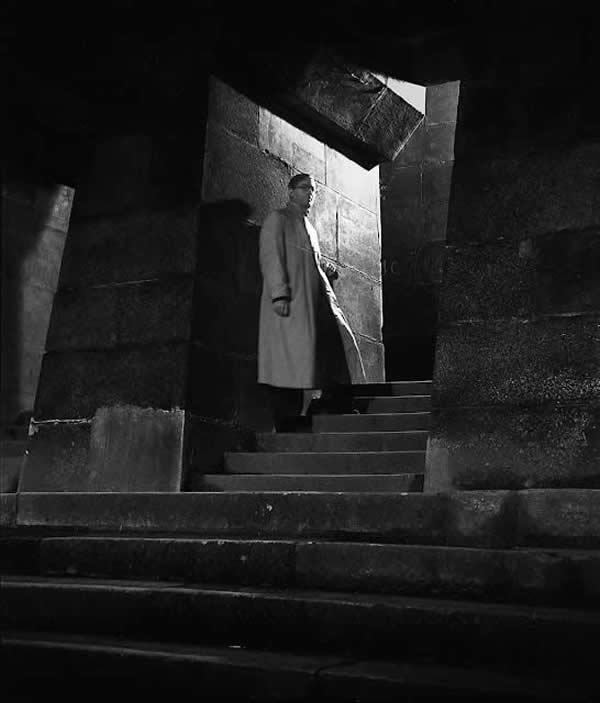
© Emile Savitry
Born in 1903, he stepped into the artistic scene at a time when Paris was the global heartbeat of creativity. Think Picasso, Man Ray, Cocteau—yeah, those guys. Savitry was right there in the mix, but instead of shouting for attention, he let his images do the talking. He photographed jazz legends before they were legends, documented Paris at night like it was a living character, and transformed ordinary moments into poetic masterpieces.
What made him different? Savitry had that quiet superpower: he blended into the scene. People didn’t pose for him—they forgot he was there. That’s how he caught raw laughter, stolen glances, struggles, tenderness, and energy swirling through the streets. His lens was like a backstage pass to the human condition.
Today, with street photography booming everywhere, Savitry’s work hits harder than ever. It reminds us that authenticity is timeless. No filters. No fake drama. Just real people, real stories, and a master photographer who knew how to freeze the soul of a moment.
More Info:
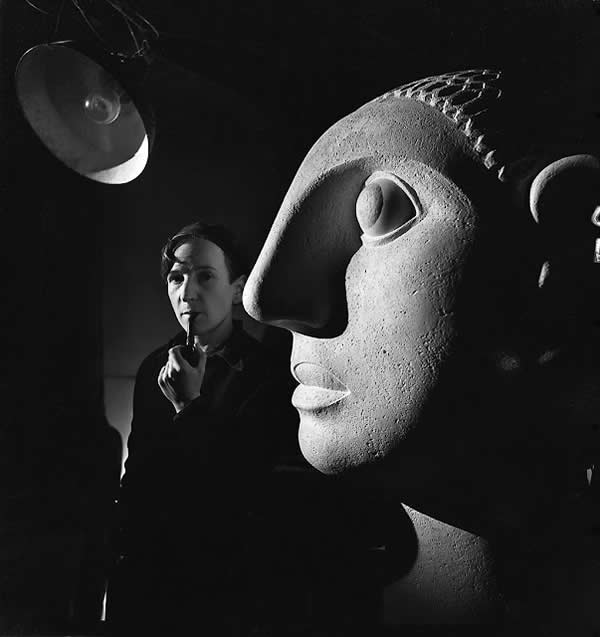
© Emile Savitry
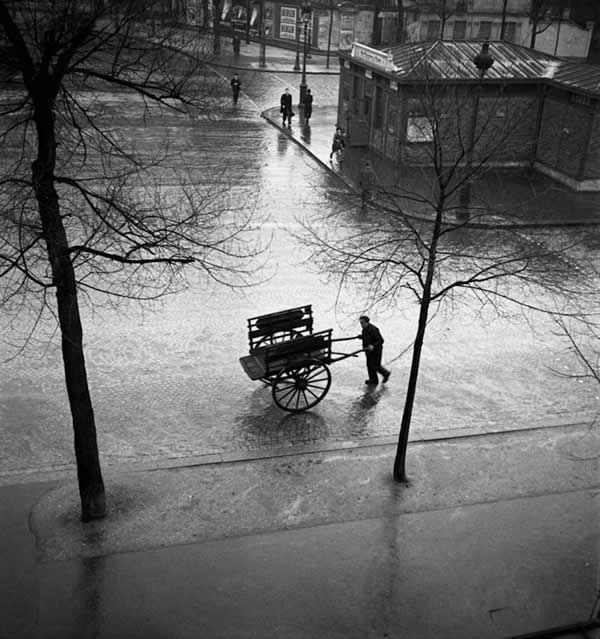
© Emile Savitry
Emile Savitry: A Creative Life That Refused to Fit In
Emile Savitry was never built for a single creative lane. Dude was a painter first, influenced by surrealists and Parisian avant-garde circles, but he eventually realized the camera let him move faster, freer, and closer to real life. Instead of sitting in a studio mixing oils, he wanted to be out in the world, letting instinct guide his art.
He wasn’t trying to be “fancy” or overly technical. Savitry’s real magic came from observation—being in the right spot at the right second, snagging emotions before they evaporated. His creative energy was wild, unpredictable, and restless, which is exactly why his photos feel alive. There’s movement in them, rhythm, personality.
He also rolled with artists, writers, and musicians, absorbing their stories and vibes. That creative cross-pollination shaped the way he saw the world: unpredictable but beautiful. His photographs aren’t stiff historical records—they’re emotional snapshots of the human experience. Savitry proved that being a master isn’t about following rules. It’s about breaking them with style.
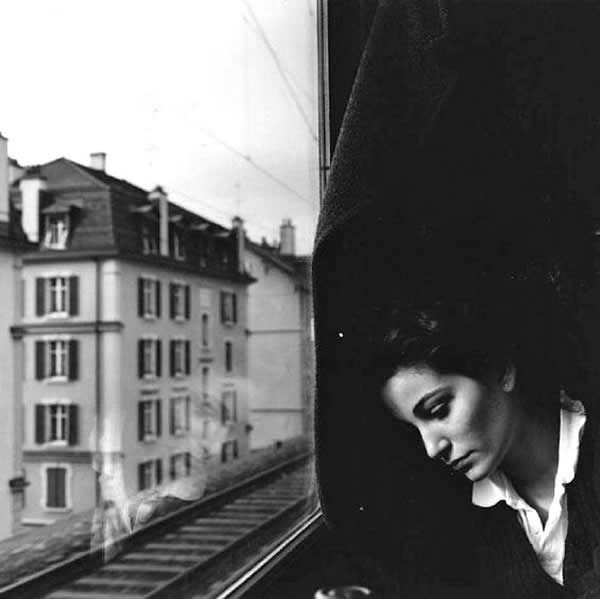
© Emile Savitry
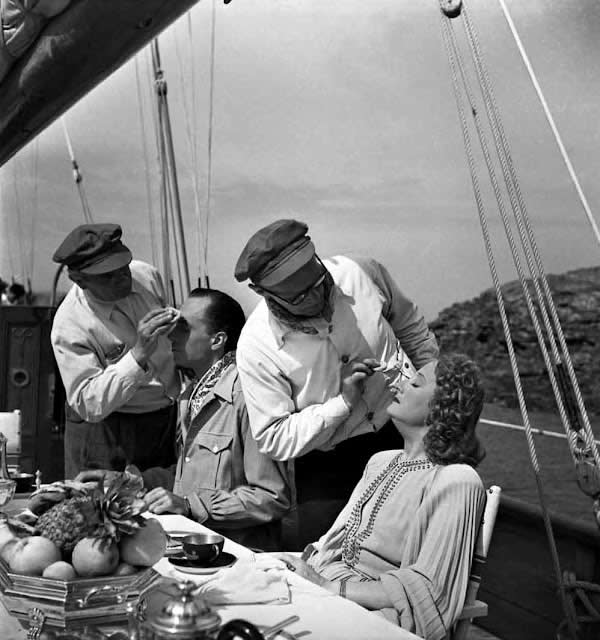
© Emile Savitry
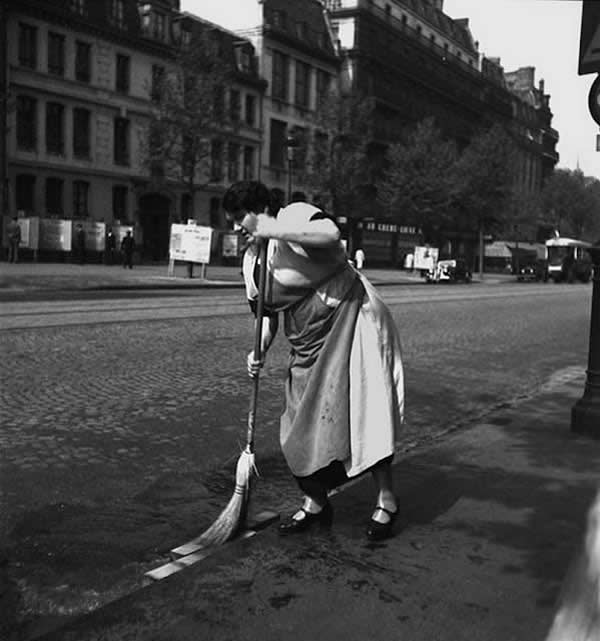
© Emile Savitry
Paris Through Savitry’s Eyes: A Living, Breathing Character
Most photographers document a city. Savitry, though? He romanced Paris. His images feel like the city whispered secrets to him—midnight alleys glowing with mystery, street musicians vibing under dim lights, café crowds buzzing like they’re part of a movie scene.
He didn’t obsess over iconic monuments. Instead, he hunted down moments: a dancer catching her breath backstage, a couple bickering under neon signage, kids racing along the pavement like the world belonged to them. Savitry captured Paris from the inside out—its humor, its tenderness, its grit.
In his photos, Paris is not a backdrop; it’s a character with mood swings and style. Savitry’s talent was turning everyday life into cinematic storytelling long before “cinematic photography” was even a thing.
Today, when you scroll through his archives, the city feels ageless. His Paris is loud, soulful, maybe even a little chaotic. But it’s real. And that’s what makes his legacy legendary.
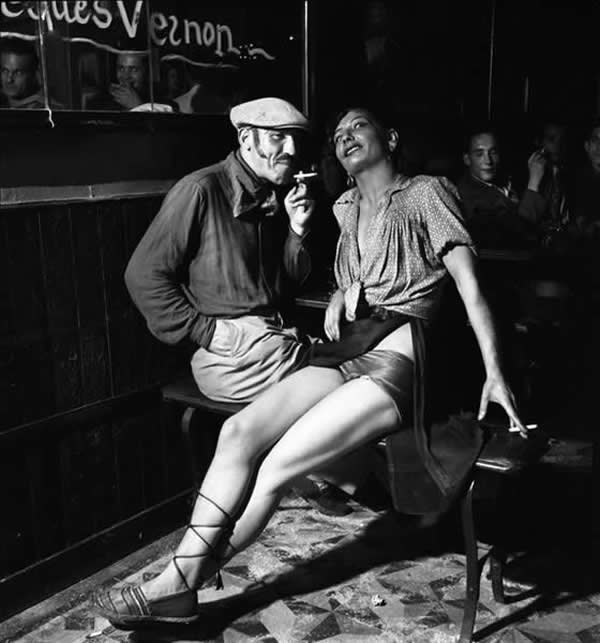
© Emile Savitry
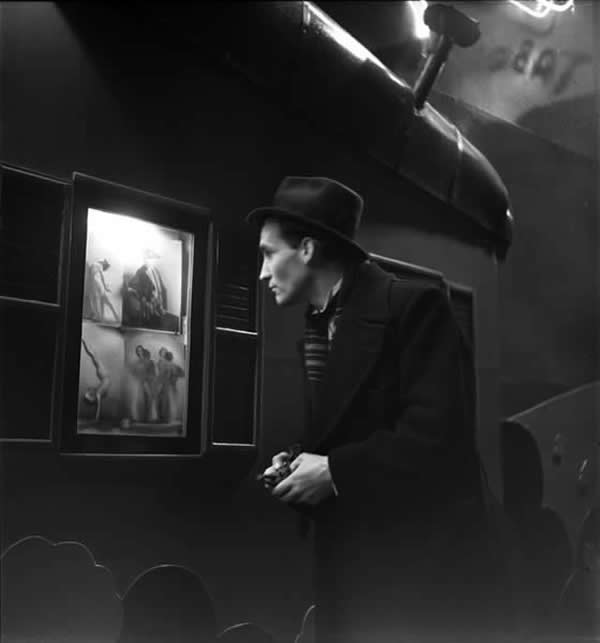
© Emile Savitry
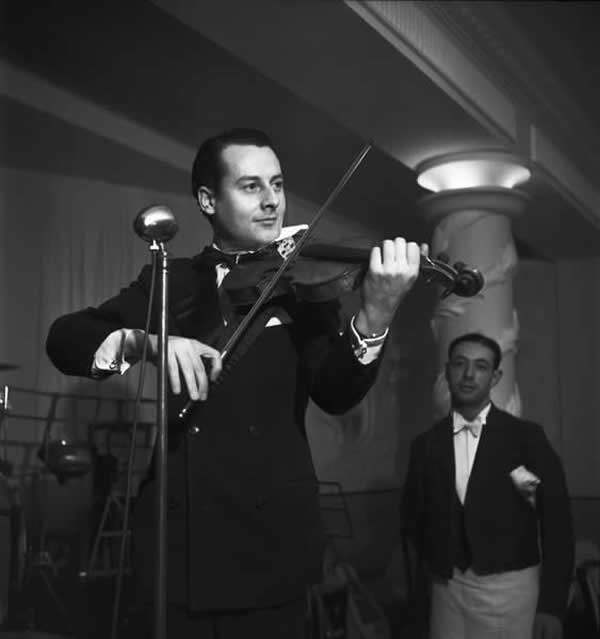
© Emile Savitry
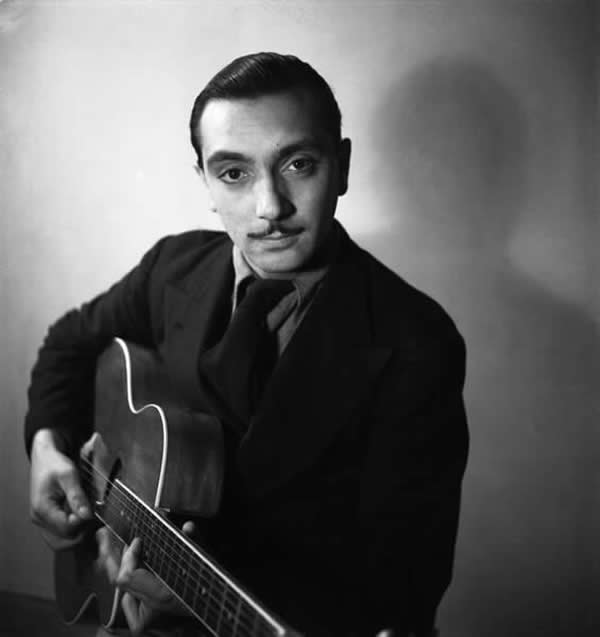
© Emile Savitry
A Photographer Deep in the Jazz Scene
If jazz had a house photographer, it would’ve been Emile Savitry. He didn’t just shoot concerts—he lived inside the music. Savitry hung out with jazz icons, photographed them backstage, in bars, at rehearsals, and in spontaneous street jams. He shot Django Reinhardt with such intimacy and swagger that the images feel like they’re vibrating with sound.
Savitry understood jazz culture on a personal level. He saw the smoky clubs, the sweat–soaked solos, the long nights where music was the only language that mattered. His photos make you feel like you’re standing three feet away from history—like the trumpet’s about to blast right in your face.
He didn’t glamorize the scene either. Instead, he documented the rawness: exhaustion, improvisation, camaraderie, and the quiet moments musicians had with their instruments when nobody was watching.
Through his lens, jazz wasn’t just music. It was a lifestyle, a heartbeat, a rebellion. And Savitry preserved it forever.
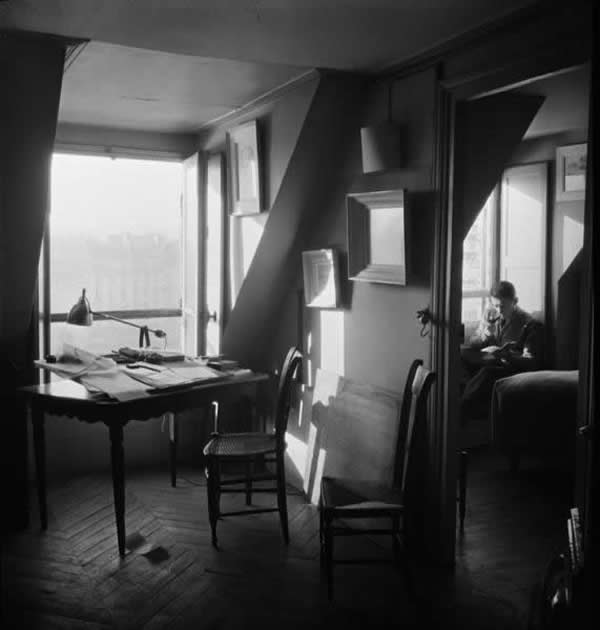
© Emile Savitry
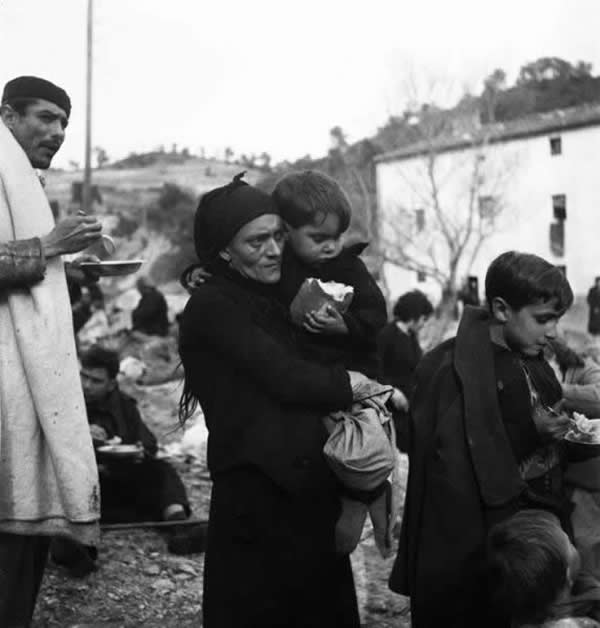
© Emile Savitry
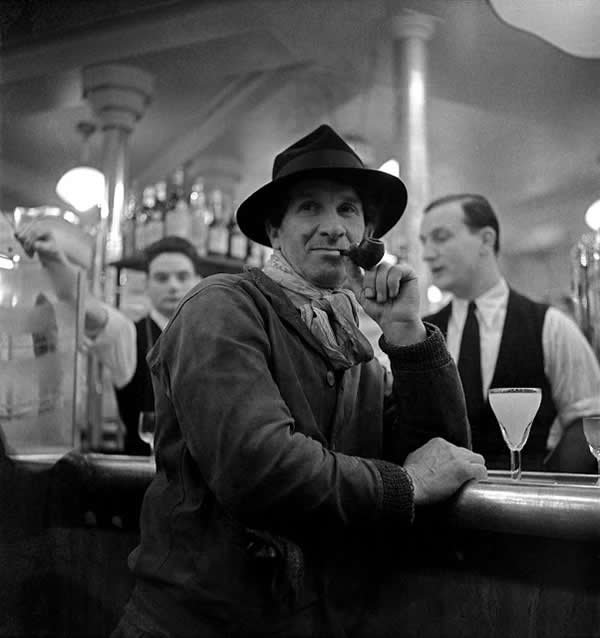
© Emile Savitry
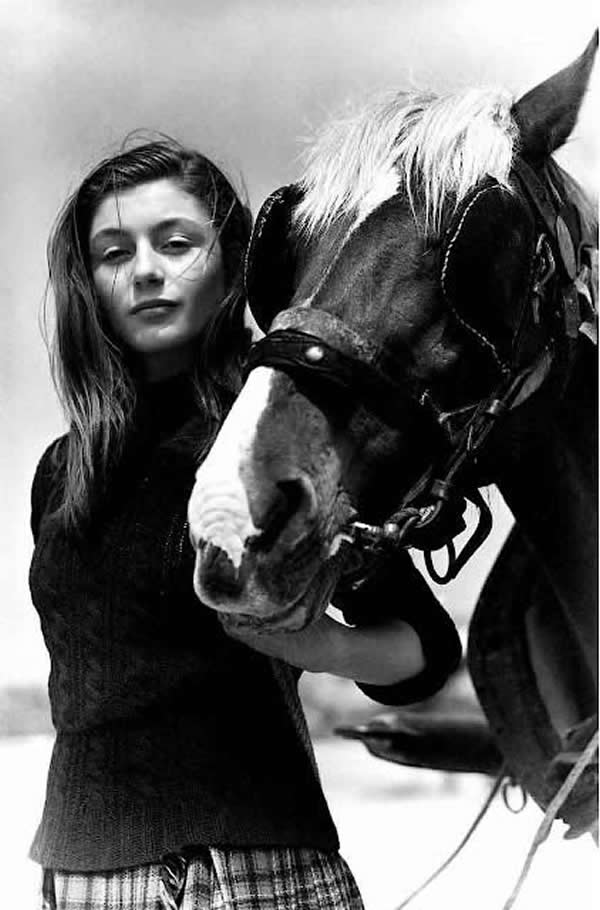
© Emile Savitry
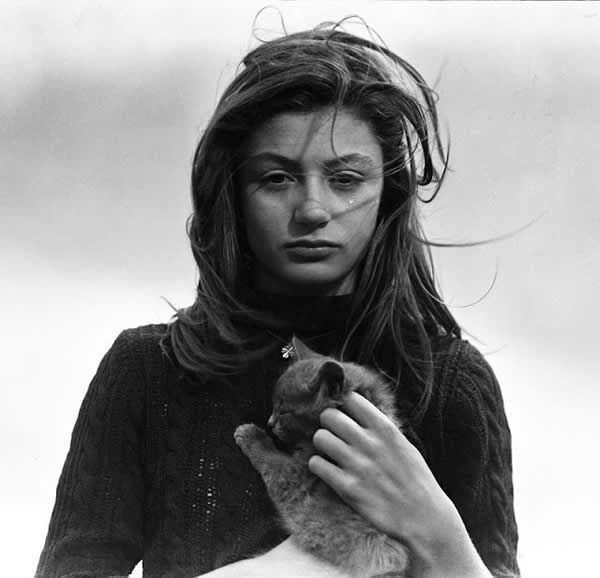
© Emile Savitry
Savitry’s Unique Eye: Why His Photos Hit Different
Plenty of photographers know how to compose a shot. Savitry? He knew how to feel a shot. His photos are filled with emotion—not because he forced drama but because he captured real life unfolding naturally.
His approach was simple: stay invisible, stay curious, and shoot instinctively. That’s why his photos feel authentic. You can sense the spontaneity. You can smell the streets. You can hear the room he photographed.
He had a sixth sense for timing. A cat leaping across a table, a busker’s eyes closing mid-note, a dancer adjusting her shoe—Savitry froze split-second gestures that most people would miss entirely.
And his technical finesse? Sneaky good. He knew exactly how to play with shadows, low light, and motion to add mood without overdoing it. His tones were rich, his framing bold, and his storytelling effortless.
Savitry didn’t just create images—he created moments that feel alive decades later.
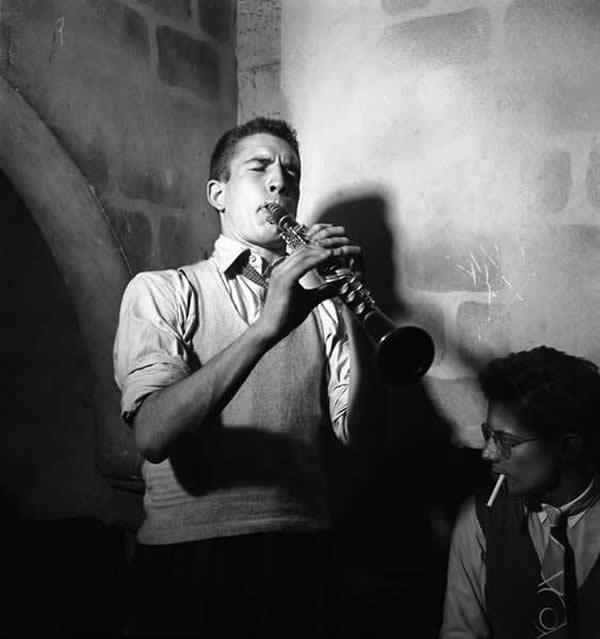
© Emile Savitry
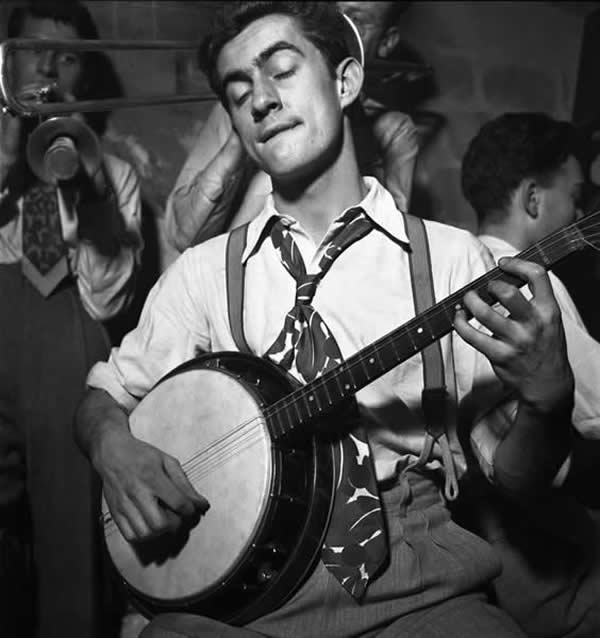
© Emile Savitry
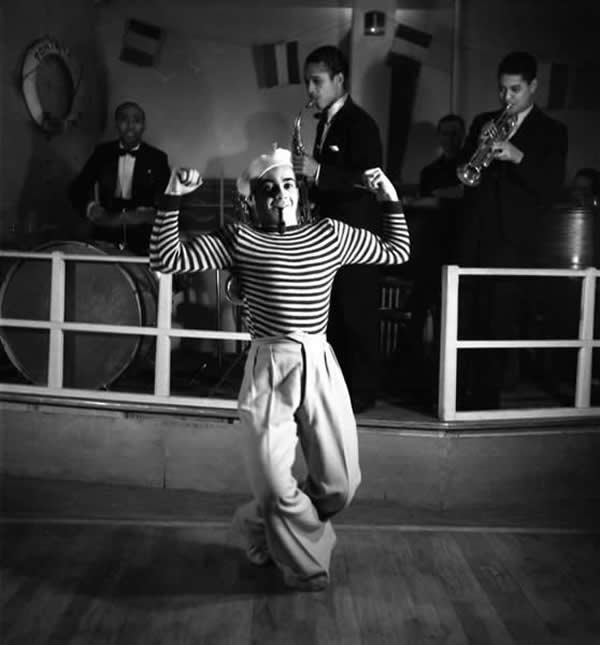
© Emile Savitry
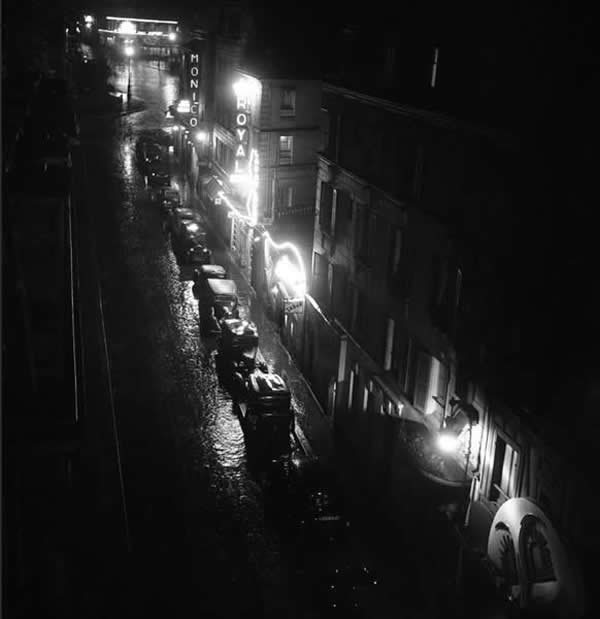
© Emile Savitry
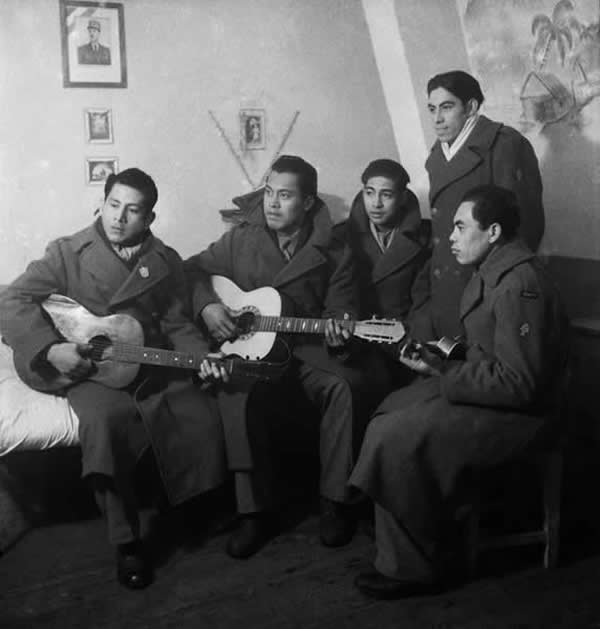
© Emile Savitry
The Lasting Legacy of a Quiet Master
Emile Savitry didn’t chase fame, but history eventually caught up with him. Today, his work is being rediscovered by photographers, curators, and fans who crave authenticity in a world drowning in filters.
His legacy hits on multiple levels. For photographers, he’s a reminder that great art doesn’t come from fancy gear—it comes from heart, timing, and courage. For historians, he’s one of the sharpest visual storytellers of Paris’s cultural evolution. For jazz lovers, he captured their heroes before they were legends. And for everyday viewers, Savitry’s photos simply feel human.
He wasn’t trying to impress anyone. He just lived, observed, and shot what moved him. That’s what makes his work timeless. Savitry’s images tell stories about real people, real emotions, and real places—stories that still resonate today.
Call him underrated. Call him a hidden gem. But once you dive into his photography, you realize the truth: Emile Savitry was one of the most soulful visual poets of the 20th century.
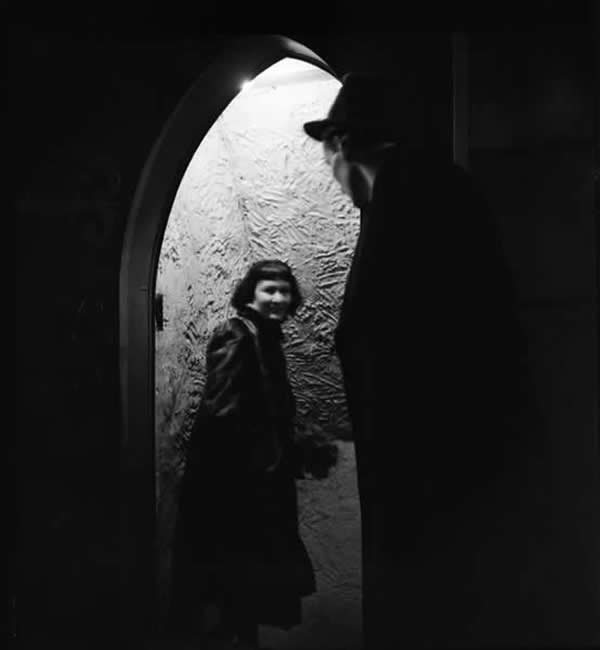
© Emile Savitry
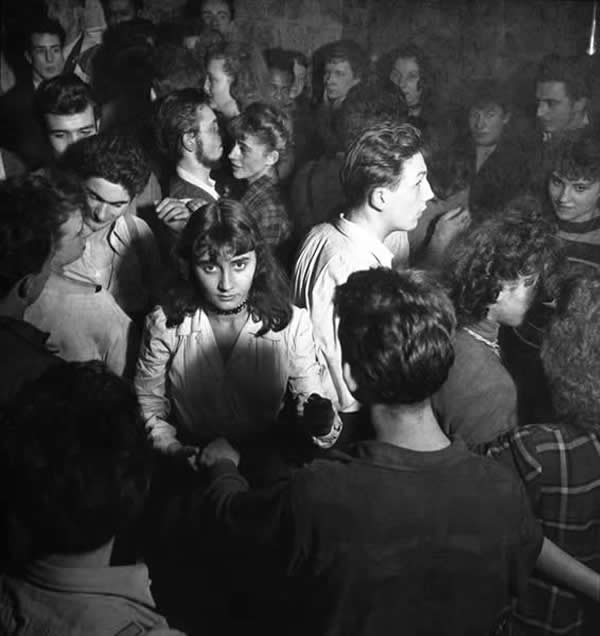
© Emile Savitry
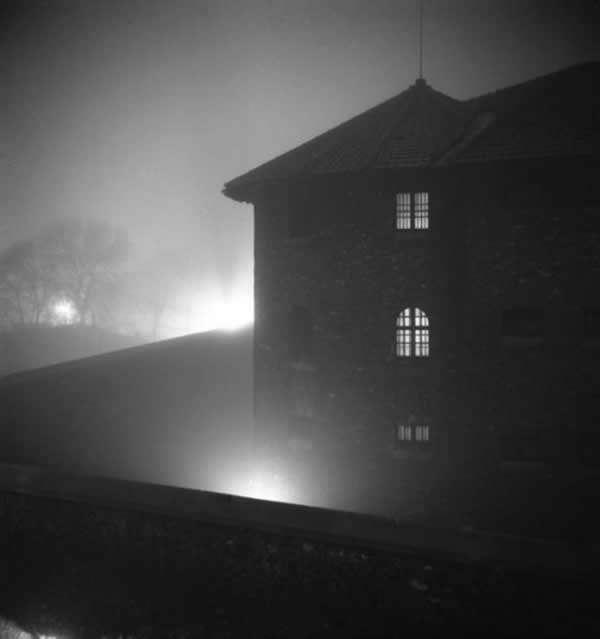
© Emile Savitry
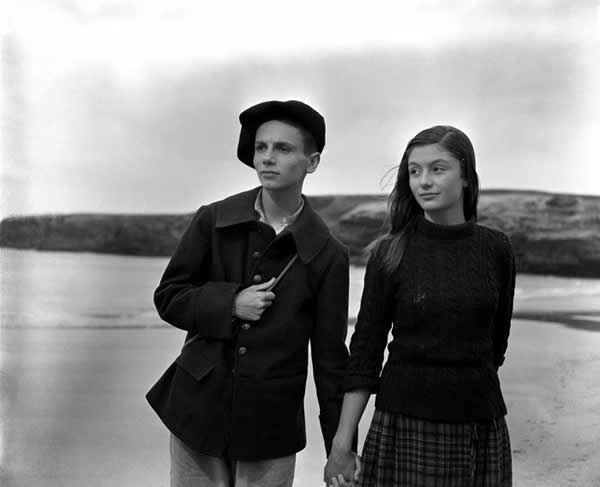
© Emile Savitry
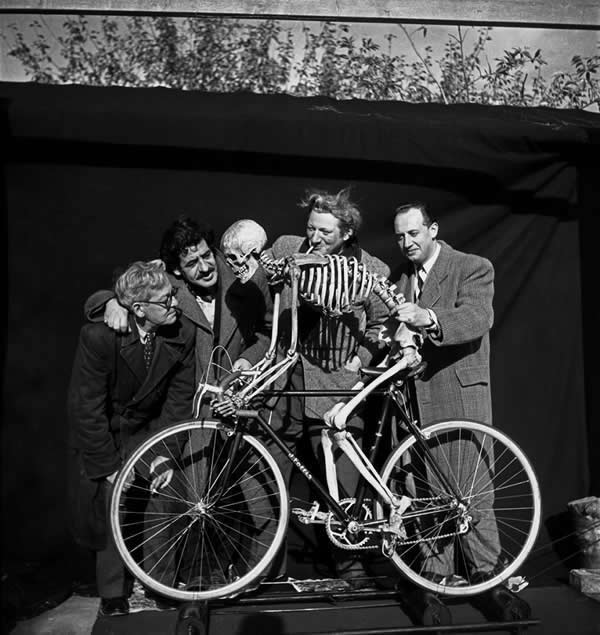
© Emile Savitry

